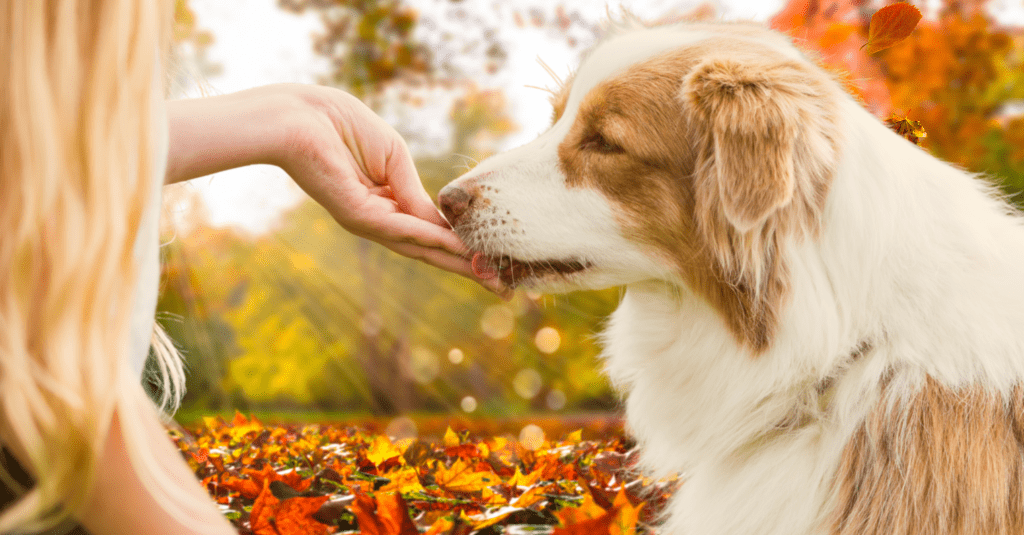






Burmese
 Overview
Overview
Overview of Burmese
While Burmese cats may seem otherworldly and were once coveted companions of Siamese monks and kings in the ancient world, these kitties can actually trace their lineage to a single cat on American soil. Early in the 20th century, an American sailor traveled back to the US with a little souvenir from Burma—a petite, walnut brown beauty named Wong Mau. He gifted the kitty to Dr. Joseph Thompson—a Siamese breeder—who immediately fell in love with her. Many breeders considered her a dark Siamese, but Dr. Thompson was convinced that Wong Mau was distinctly different, so he established a breeding program to create the first sable Burmese cats. He crossed her with Siamese cats, and now all modern Burmese cats can trace their ancestry to Wong Mau. Sable (rich, dark brown) is the most common color, but they also come in champagne (warm beige), blue (medium gray with fawn undertones), and platinum (pale gray). Burmese cats' eyes range from yellow to gold; the more profound the color, the better. These well-muscled kitties may look sleek and small, but their weight packs a punch! Some have even called them "bricks wrapped in silk." These medium-sized (6-12 lb) felines are considered to be so beautiful that their good looks have become the foundation stock for many other breeds, including the Bombay, the Tonkinese and the Burmilla. Their short silky coats only need a weekly brushing with a rubber brush to remove loose hairs and to polish their fur to a high gloss. Burmese cats know the secret to a long life—one in Australia lived to be 24!
Common Health Conditions & Recommendations for Burmese
Hyperesthesia Syndrome:
Also known as rolling skin disease, this is a condition where your kitty’s skin has increased in sensitivity. Their skin may twitch as if they feel discomfort from air currents or they may become irritated and lick or bite themselves as a response to being pet a certain way. This condition may be more prevalent in Burmese, Siamese, Abyssinian, or Persian, though any breed of cat may be affected.
Recommendations for Hyperesthesia Syndrome in Burmese Cats:
Common Health Conditions & Recommendations for Burmese
Bladder Stones:
Like many cat breeds, the Burmese may develop bladder stones. This condition prevents normal urination as the bladder becomes blocked by these mineral deposits. No one knows the exact cause, however, feeding a balanced diet and adding supplements to keep the urinary tract healthy are ways to help prevent the development of bladder stones.
Recommendations for Bladder Stones in Burmese Cats:
Common Health Conditions & Recommendations for Burmese
Glaucoma:
Is an inherited eye condition where excessive pressure builds up in the eye and may lead to blindness. This condition is more common in purebred dogs, however, Persian and Burmese kitties may be predisposed to this condition.
Recommendations for Glaucoma in Burmese Cats:
 Personality
Personality

While a rich, silky coat and big golden eyes might be the first things that attract you to the Burmese cats, it's their fun-loving personality that gets you hooked for life! These kitties stay playful well into adulthood and will even tolerate being dressed up in doll's clothing and paraded about (perfect playmates for young children). They adore their families and are known for being good with children and liking (or at least tolerating) the family dog. As they mature, their unique sensibilities and intelligence unfold; they have the propensity to grow into confident and charming little 'bosses' who rule your home as well as your heart. While not as vocal as their Siamese ancestors, Burmese kitties don't shy away from telling you what's on their minds. They love a good snuggle and are very active companions. Simply put, the Burmese will love you with every fiber of their being and will follow you around from room to room, so don't leave them alone for too long, or they'll get lonely. Get this cat if you want a soulful-looking, athletic kitty who is the ultimate velcro companion!



 USD
USD
 Canadian Dollars
Canadian Dollars


